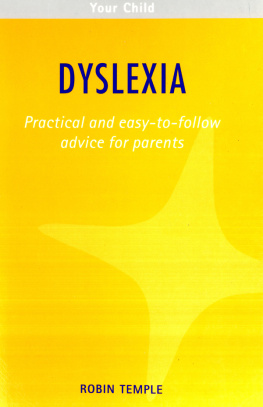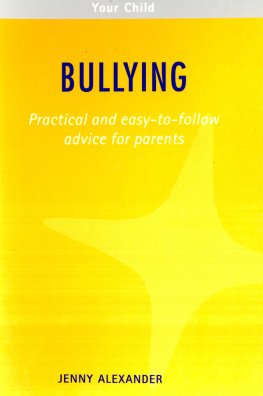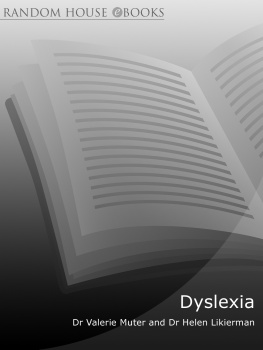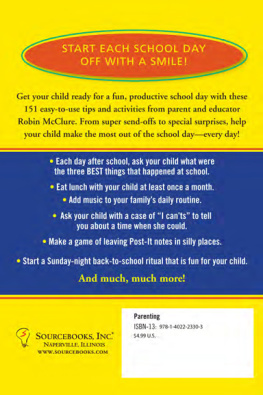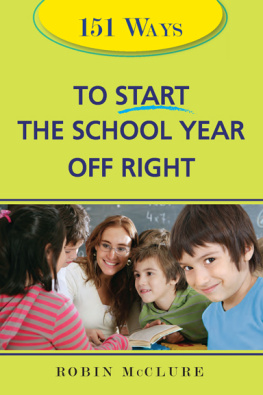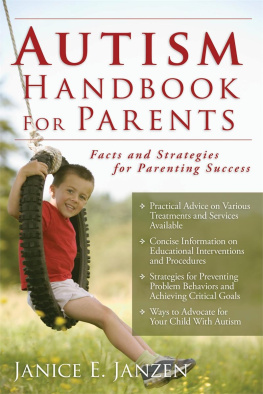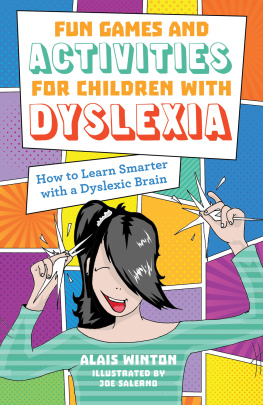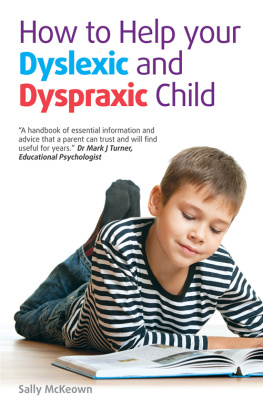Robin Temple has studied and worked with alternative approaches to health and healing for many years. He currently runs courses for dyslexic children and their parents both in Europe and the United States.
Your Child series
A series of books containing easy-to-follow, practical advice for the parents of children with a variety of illnesses or conditions.
Each book provides a clear overview of the situation, explaining essential information about the illness or condition and outlining the practical steps parents and carers can take to help understand, support and care for their child, the rest of the family as well as themselves. Guiding parents through the conventional, the complementary and the alternative approaches available, these books cater for children of all ages, ranging from babies to teenagers, and enable the whole family to move forward in a positive way.
Books in the series:
Asthma, Erika Harvey
Bullying, Jenny Alexander
Dyslexia, Robin Temple
Epilepsy, Fiona Marshall
Headaches & Migraine, Maggie Jones
Your Child
DYSLEXIA
Practical and easy-to-follow advice for parents
ROBIN TEMPLE

This book is dedicated to my wife Siegerdina,
and to my mother Audrey and father Merfyn,
for their unconditional love
and to my very good friends
Ron and Alice Davis
for their inspiration and warmth
and passion to help dyslexics everywhere in the world
Contents
Acknowledgements
I would like to acknowledge the help and support of the following people in writing this book:
Grace Cheetham of Element Books Ltd, for her support and without whom this book would never have happened;
Jane Clitheroe, my dear sister, for her untiring help with the editing and her home cooking;
my colleagues in the Davis Dyslexia Association: Ron and Alice Davis, Sharon Pfeiffer and Abigail Marshall at Davis Dyslexia Association International for their useful feedback and advice; Lin Seward in England, Bonny Beuret in Switzerland and Olga Zambrano in Mexico for their input as mothers of dyslexic children, for their good advice for parents and for their enthusiasm;
all the many dyslexic children and adults I have met and talked to and counselled, for their resourcefulness in the face of their difficulties and for helping me to understand their dyslexia better.
Introduction
When James came to do a Davis Dyslexia Correction Programme he was nine years old, hated school and would cry every morning before leaving home. His worst problem was his handwriting. It was so bad he did not want to write anything. He was so frustrated with not being able to write that he suffered severe cramp in his hand and arm, right up the shoulder. Whenever he was asked to do some writing he was very good at diverting attention onto something else to avoid having to write. In fact James was so depressed and down that whenever he was asked to try and do something his standard reply was always, Oh, no! Forget it! I cant do that! He enjoys going to school now and he writes well and has no trouble with his hand or arm getting stiff.
Michael was 10 when he did a weeks programme at a Davis centre. He had come because his parents were at their wits end about what to do with him. He was far behind at school with his reading and in other subjects and was uncontrollable at home. He was the sort of child who always wanted to be in control. If he was asked to do one thing, he would do the opposite. The counsellor who was working with Michael came into the counselling room one day with a box of clay for the though he would not be able to complete the full five days of the programme. But he did.
His parents soon began to notice all sorts of changes. Michael had hated writing but suddenly he was writing notes to his mother telling her when he was going to be back from school. And he never used to be on time for anything but was now actually arriving in time for supper.
What was best of all for Michaels parents was that they could finally have a normal conversation with him. He could sit quietly and listen, something that he had never been able to do before.
And to add to everything else, in the last two years he has caught up completely with his school work and is now able to keep up with his friends.
Something profound happened in the lives of both these boys and in the lives of their parents and brothers and sisters. The symptoms of dyslexia that had made their lives a misery had disappeared leaving happy, creative and delightful children.
This book is about a new way of understanding and treating dyslexia that allowed these changes to happen for Michael and James. These two boys are in no way special or unique cases. Thousands of children and adults have been able to leave behind disabilities in learning and living that were troubling them and their families. Michael and James perhaps had symptoms that were more extreme than those your child may be suffering. So the changes that occurred for them seem more dramatic. But for the parents of both these boys the dramatic changes were not the most important thing. Obviously it makes a huge difference that Michael and James can now go to school happily and freely, but what their parents were most grateful for was that they had found the sons they always knew were there somewhere.
Nothing essentially had been changed in their children. What was different was that these boys were now able to remove the interference and obstructions that had previously stopped them from learning. This happened slowly over time. Little by little the boys grew in confidence as they explored how to use what they had been taught about their own dyslexia.
So what is this new understanding of dyslexia that can make such differences possible?
Note: He and she have been used to describe your child in alternate chapters to avoid the more cumbersome he or she.
1
What is Dyslexia?
A new understanding
For the last 100 years, since the word dyslexia first started being used for a particular form of brain damage that affected the ability to read, we have been stuck with just one point of view about what makes it so difficult for some children to learn.
The common assumption today is that if children have difficulties with such things as reading, spelling, understanding verbal instructions, and organizing thoughts, and if they do such things as reverse letters and numbers, they have a form of dyslexia. This condition of dyslexia is used to explain the difficulties these children have in learning at school and in coping with life.
It is also assumed that the symptoms of dyslexia are caused by some malformation or malfunction of the brain. Many theories exist about why the dyslexic childs brain is not working normally. But no one definite conclusion has been reached about the cause of dyslexia. What everyone can agree with is that it is very difficult and sometimes impossible to help a child with dyslexia. It is also generally accepted that dyslexia is not curable, but it is something that a child will have to learn to live with for the rest of his or her life.
There are many ways being offered today to help a dyslexic person to cope with and compensate for particular difficulties with learning, but the idea that a childs dyslexic symptoms can be 100 per cent corrected is completely new and foreign to almost everyone working in this field. Happily for all dyslexic children and their parents and teachers, the idea that dyslexia can be simply, effectively and permanently corrected does now exist. In fact, dyslexia correction not only exists as an idea but is actually the personal experience of thousands of former sufferers.
Next page
